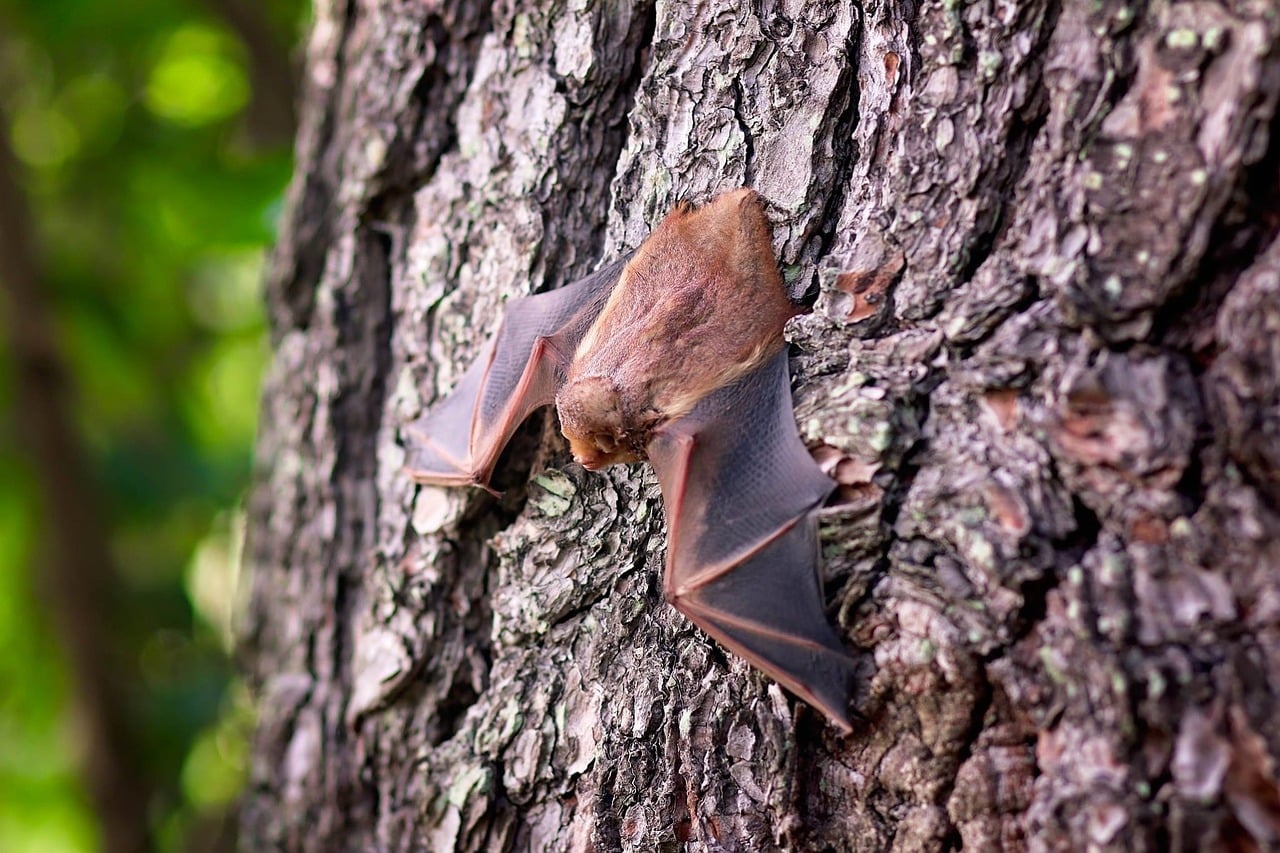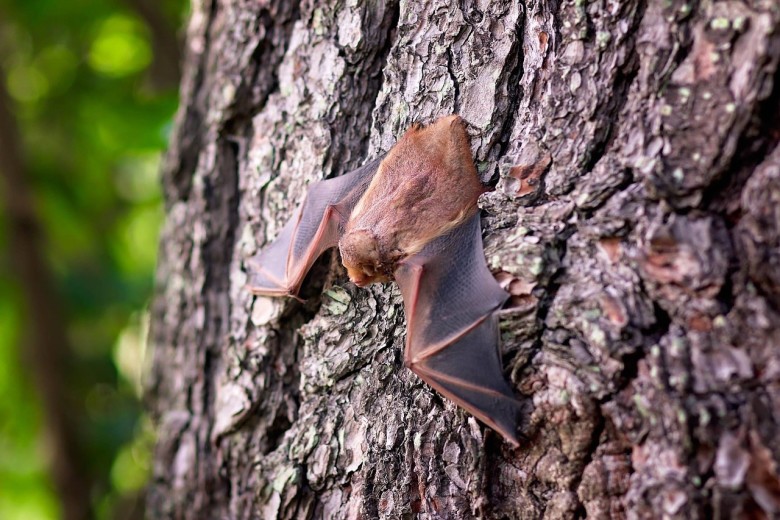How To
How to Get Rid of Bats in the Attic
At a proper distance, bats can be excellent neighbors. Once they invade your space, however, it’s another story. Here’s how to get rid of bats in your home.

Coffee By Design | Portland, Maine
Photo Credit : Katherine Keenan
Photo Credit : Pixabay
How to Get Rid of Bats in the Attic
Know Your Neighbors
There are hundreds of types of bats in the world, but if you live in New England and you’ve got bats in your attic, they are almost certainly brown bats. Little brown bats (Myotis lucifugus) have a wingspan of approximately 8 inches and weigh less than half an ounce. Big brown bats (Eptesicus fuscus) can grow to be twice the size of little brown bats. Males typically roost individually, but female brown bats of both sizes form colonies in attics or barns when they are preparing to give birth (typically in June). Once the young have been born, little brown bats leave the buildings behind, preferring to hibernate in caves during the winter. Big brown bats, however, often hibernate right in homes — so if you’ve got winter houseguests, they’re probably of the big brown variety.Learn What Bats Like
Bats commonly are drawn to attics and chimneys. Like raccoons, squirrels, and other potential home invaders, bats have the ability to detect minute changes in air pressure to find entryways to your home. Once inside, they will find their way into the walls or other confined spaces. They prefer high temperatures, which means the heat of an attic is pretty ideal. Bats sleep in roosts during the day, and emerge at dusk. [text_ad]Ignore the Quick Fixes
There are no effective bat repellents on the market, although there are plenty of companies willing to sell you one. Sprays, animal urines, noisemakers, and lights sometimes work as temporary deterrents, but there are no easy fixes when it comes to bat removal.Is Anyone Home?
First, you must determine how and where the bats are entering and exiting your house. Since this is likely happening in the upper areas of your home, you’ll probably need a ladder. Bats can gain entry to your home through surprisingly small holes. You may see them entering and exiting — but you don’t necessarily have to see them to know that they are there. You may hear squeaks or the sounds of movement in the walls, or you may see urine stains or droppings on the exterior wall of your house (most likely below one of those little holes). If droppings have accumulated above, you may find a foul-smelling stain has formed on the ceiling. Since bats leave their roost about 15 minutes after sunset, you should watch the outside of your house from 30 minutes before to 30 minutes after sunset. If possible, position yourself so that you can see the silhouettes of flying bats against an open view of the sky.
Photo Credit : Wikimedia Commons








I’m surprised he didn’t mention the time of year to expel them AFTER the babies have fledged. I have read that late July to early September is best.
You neglected to mention not to block entrances if there are bat babies. Leave holes open until babies are ready to leave at the end of July.
Once they are out of the house, put up bat houses. Then you can still have the benefit of natural mosquito elimination.
Where do I purchase the one way door?
If you want to get them out or moving them around in daylight use one or more smoke bombs in a steel container enough too fill the attic with smoke. I used the ones that you can buy on or before the 4th of July from fireworks stands, I also prefer the larger ones as they last longer. There are 2 benefits: the smoke is huge, if enough are used to fill the attic space with smoke. The smoke will exit the attic showing you the holes, and the bats will leave through the holes where the smoke is exiting because they assume the house is on fire and they can’t breathe in the attic. I have seen them exit under the shingles, a larger one comes out and a bunch of smaller ones right after, an amazing site to see as you wouldn’t believe it was possible. The down side is the smoke will get down into the house also and stink it up till it dissipates. The bats will return as they follow the smell of the poop and urine, so that will have to be cleaned up as well as the hole’s sealed up. I had to put on a new roof, take off the old roof boards and install new plywood and shingles. Major project!
Thank you Bob. This is a brilliant idea. Finding every single crack is a nearly impossible undertaking in my situation. This is a genius plan. Trial and error has taught me they also abhor owl noises. Playing over a Bluetooth speaker outside really caused a commotion. Also, cinnamon seems to really irritate them. I closed off one side of the place and lit enough cinnamon incense to make your eyes bleed and that got them moving. I’m going tomorrow to buy out the smoke bombs. Great timing, it’s one day before Fourth of July 🙂
I like how you said that a gradual way to exclude the bats from your house is to close off any entry point you can find. My grandparents found bats in their house and they want to get rid of them. I think it would be extremely smart for them to hire a wildlife removal service to get rid of the bats in a safe and effective way.
Very simple, plastic bowl, a bottle of ammonia. Set it up where you know they are , leave it a day or two and you will find it in the bowl..deceased! My husband read meters at his job many years ago a lady told him about this and has worked for us the few times we have needed it! PeggyD